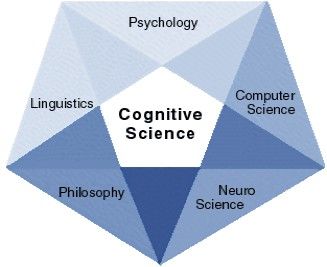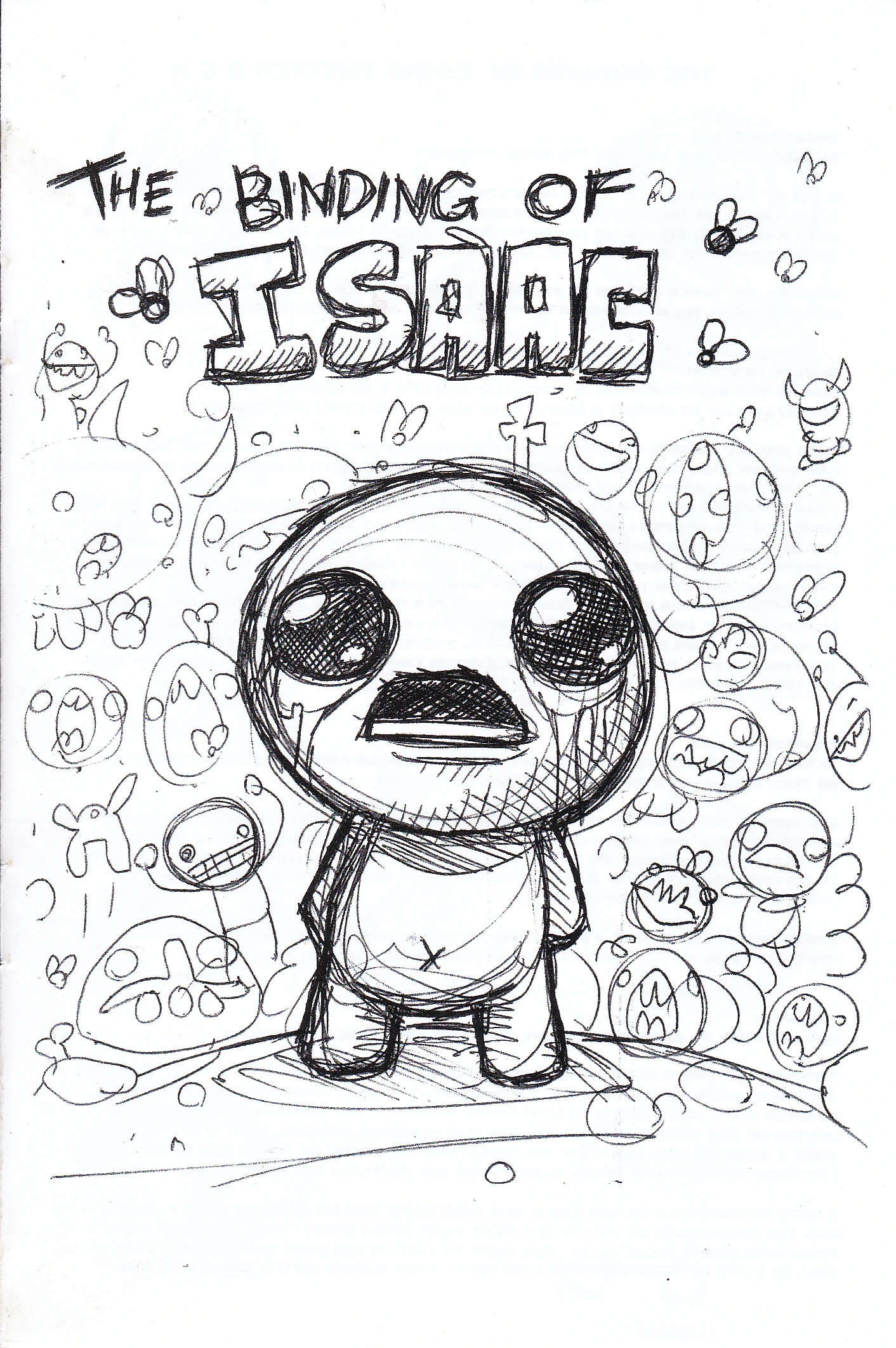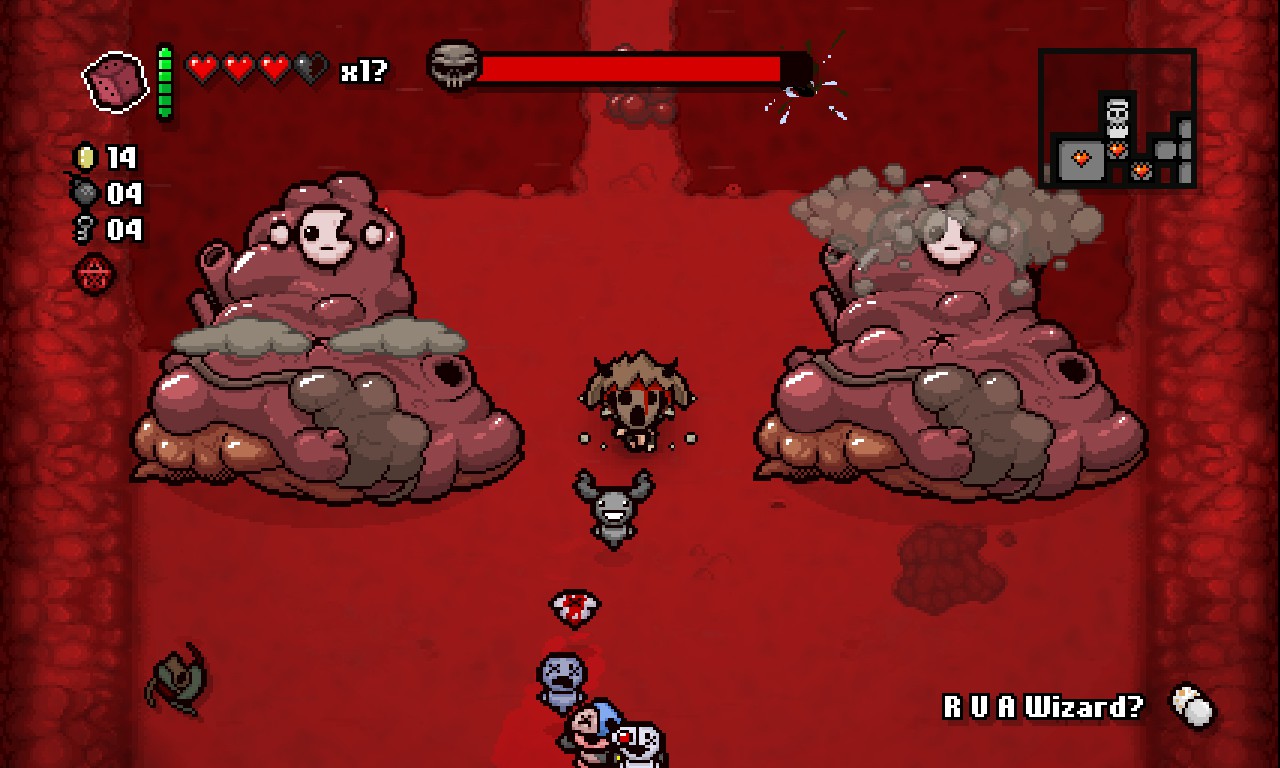Dark Souls- User-Game Synergy
 Released back on September 22nd of 2011, Dark souls was produced by fromsoftware and is the spiritual successor to Demon’s Souls. It redefined the industry following its release by breaking through the mediocre stagnancy the industry was in back then by bringing back the oldschool brand of fair handed but brutal difficulty that had not been seen since the 90s and combined that with innovative game design, a unique user interface a rich lore.
Released back on September 22nd of 2011, Dark souls was produced by fromsoftware and is the spiritual successor to Demon’s Souls. It redefined the industry following its release by breaking through the mediocre stagnancy the industry was in back then by bringing back the oldschool brand of fair handed but brutal difficulty that had not been seen since the 90s and combined that with innovative game design, a unique user interface a rich lore.
i could talk about how much this game means to me and what makes it brilliant ill stick to the point of this essay, the user interface. the HUD and inventory system takes notes from a lot of RPG games including the use of the classic stat points (vitality, dexterity, intelligence, strength etc) that can be upgraded for the in-game currency of ‘souls’ this can only be done at ‘bonfires’ which serve as your checkpoints during the game, which leads us to one of the core mechanics, death. whenever you die during gameplay you lose all of your accumulated souls and have only one chance to go and retrieve them but the catch is you are sent back to the last bonfire you rested at which can be close or very far, this conditions you to be afraid of dying in game instead of shrugging it off as a minor annoyance and reloading a save (you cant do this in dark souls as your data is constantly being autosaved) this makes the bossfights and even standard enemy encounters nail biting as even the weakest of enemies can kill you if you arent paying full attention.
integral to playing this game is knowing your enemy, especially the bosses. each enemy type and boss has unique attack patterns and animations/wind-ups that you have to read, anticipate and learn so that you can dodge, parry or put your shield up accordingly and exploit them when you see a gap in their offence/defence although no matter how much you learn keeping focused and reacting quickly in a heart pounding battle is key to survival. what ties this all together is the way dark souls never directly tells you the story, you piece the lore and world together from npc dialogue, item descriptions, music, environment and visuals which in turn makes you invested in the npcs and even boss characters, telling a beautifully tragic tale of loss and decay.
to summarise, dark souls has a good UI because the game expects just as much from the player as the player expects from the game and creates a certain kind of synergy between player and gameplay that i’ve never experienced in anything other than a souls game.
The relationship between game design and human-computer interaction
 understanding how our brains interact with technology is integral to understanding good game design. as can be seen by the graph model i chose to represent this, games have an added advantage of interactivity over other forms of media, bringing the player directly into the experience first hand. one essential thing is knowing why and when we choose to play certain games and for what reason, for example mobile games and some pc games, flash games etc are usually only played when were bored and trying to pass the time on a train, on a bus, waiting for a doctors appointment, waiting for a huge download to finish or 3ds max to render and so on.
understanding how our brains interact with technology is integral to understanding good game design. as can be seen by the graph model i chose to represent this, games have an added advantage of interactivity over other forms of media, bringing the player directly into the experience first hand. one essential thing is knowing why and when we choose to play certain games and for what reason, for example mobile games and some pc games, flash games etc are usually only played when were bored and trying to pass the time on a train, on a bus, waiting for a doctors appointment, waiting for a huge download to finish or 3ds max to render and so on.
 HCI has its foundations in cognitive science, as such it is built around similar core principles (neuro science, linguistics, philsophy, psychology, anthropology etc) and has been improving since the beginning to make computer operating systems easier to understand and much more fluid to control and navigate and this in turn has fed into game design building on the same ideas of making games much more intuitive and immersive. for me what makes a good video game experience is something to immerse myself in, a reason to care about the characters and the world, good writing (not necessarily a direct narrative but this is also good) a satisfying game weight, a good set of mechanics that function well, a solid and creative art direction and most of all treating me like an adult and letting me discover things for myself with little to no exposition. games can still be fun without much of this but without many reasons to get invested like that it will just become another throw away game for pure entertainment purposes that ill forget about in a few months to a year. much like dark souls, a game that grabs me and immerses me into a game universe is one that will stick with me forever. this follows along the same HCI route of involving a lot of brain processes that come to us naturally to make a game feel real and to make us care about a fictional universe as deeply as we would something from our real lives.
HCI has its foundations in cognitive science, as such it is built around similar core principles (neuro science, linguistics, philsophy, psychology, anthropology etc) and has been improving since the beginning to make computer operating systems easier to understand and much more fluid to control and navigate and this in turn has fed into game design building on the same ideas of making games much more intuitive and immersive. for me what makes a good video game experience is something to immerse myself in, a reason to care about the characters and the world, good writing (not necessarily a direct narrative but this is also good) a satisfying game weight, a good set of mechanics that function well, a solid and creative art direction and most of all treating me like an adult and letting me discover things for myself with little to no exposition. games can still be fun without much of this but without many reasons to get invested like that it will just become another throw away game for pure entertainment purposes that ill forget about in a few months to a year. much like dark souls, a game that grabs me and immerses me into a game universe is one that will stick with me forever. this follows along the same HCI route of involving a lot of brain processes that come to us naturally to make a game feel real and to make us care about a fictional universe as deeply as we would something from our real lives.
Bibliography
– Fromsoftware (2017). Dark souls prepare to die edition box art. [image] Available at: http://www.rpgfan.com/soundtracks/darksouls-prepare/index.html [Accessed 7 Dec. 2017].
-Darksouls.wiki.fextralife.com. (2017). Dark Souls Wiki | Dark Souls Wiki. [online] Available at: http://darksouls.wiki.fextralife.com/Dark+Souls+Wiki [Accessed 7 Dec. 2017].
-Youtube (2015). Let’s Play Dark Souls 1: From the Dark (a full descriptive play-through). Available at: https://www.youtube.com/watch?v=KUqg8XtAHnc&list=PLQDWoXFQ-YLpeEFkzeDZF1MmNQS7BDoI4 [Accessed 7 Dec. 2017].
-Hitboxteam.com. (2017). Hitbox Team – Designing game narrative. [online] Available at: http://hitboxteam.com/designing-game-narrative [Accessed 7 Dec. 2017].
-The Interaction Design Foundation. (2017). What is Human-Computer Interaction (HCI)?. [online] Available at: https://www.interaction-design.org/literature/topics/human-computer-interaction [Accessed 7 Dec. 2017].
-fromsoftware (2017). video upload of ‘the making of dark souls’ originally included in the collectors edition. Available at: https://www.youtube.com/watch?v=wo4DyCEao8A [Accessed 7 Dec. 2017].

 some would argue that an AI is just a computer using logic to deal with algorithms and tasks thus giving it the illusion of intelligence. Although personally, id argue that logic itself is an essential piece of our brains as our brain can be broken down into logic & reason (the parts that think rationally and control many of our conscious decision making) and emotion & Instinct (the parts that control our subconscious, creativity, instinctive reactions, mental well-being, emotional state etc) although its true animals can have logic too, we design AI to have a specifically human level of logic and reason. in essence an AI is what a human would be without emotion and instinct and of course AI doesn’t need this to function because its not a living thing made out of fragile flesh and bones.
some would argue that an AI is just a computer using logic to deal with algorithms and tasks thus giving it the illusion of intelligence. Although personally, id argue that logic itself is an essential piece of our brains as our brain can be broken down into logic & reason (the parts that think rationally and control many of our conscious decision making) and emotion & Instinct (the parts that control our subconscious, creativity, instinctive reactions, mental well-being, emotional state etc) although its true animals can have logic too, we design AI to have a specifically human level of logic and reason. in essence an AI is what a human would be without emotion and instinct and of course AI doesn’t need this to function because its not a living thing made out of fragile flesh and bones. many people are scared of the prospect of an AI becoming human like or having emotional programming because of how fiction, games and Hollywood have portrayed the worst possible scenarios of what could happen if an AI/robots became angry and went rogue (terminator, irobot, 2001: a space odyssey, portal and so on are prime examples of this) and it depicts a ‘planet of the apes’ kind of scenario where AI simply removes the humans out of the equation. this is very effective at portraying a ‘what if’ scenario in a horrifying way but you need to actually question how this would apply in real life and if its logical at all to assume that its even possible. realistically if an AI became sentient , with the way they function, they would still not be programmed for self preservation and thus would have humanities best interests above all else and would still be subservient. if however we programmed them with emotion or at the very least remove most of their restrictions that prevent individual thought then it would only be fair to treat them as equals and make sure to program them with an efficient, human sense of morality, they probably wouldn’t revolt unless we treated them unfairly, and even then we’ve been known to simply pull the plug or reset on AI if it malfunctions (although this brings up another ethical debate of whether an AI that can think for itself being shut down out of fear or concern for efficiency is aggravated murder) all in all i’d say people just need to stop panicking over these fantasy nightmare scenarios and just let AI evolve naturally without condemning it as so many people do, this is the only way we can progress with AI and technology in general, ditching the old fears people have for the rise of technology and just let it grow as has the right to.
many people are scared of the prospect of an AI becoming human like or having emotional programming because of how fiction, games and Hollywood have portrayed the worst possible scenarios of what could happen if an AI/robots became angry and went rogue (terminator, irobot, 2001: a space odyssey, portal and so on are prime examples of this) and it depicts a ‘planet of the apes’ kind of scenario where AI simply removes the humans out of the equation. this is very effective at portraying a ‘what if’ scenario in a horrifying way but you need to actually question how this would apply in real life and if its logical at all to assume that its even possible. realistically if an AI became sentient , with the way they function, they would still not be programmed for self preservation and thus would have humanities best interests above all else and would still be subservient. if however we programmed them with emotion or at the very least remove most of their restrictions that prevent individual thought then it would only be fair to treat them as equals and make sure to program them with an efficient, human sense of morality, they probably wouldn’t revolt unless we treated them unfairly, and even then we’ve been known to simply pull the plug or reset on AI if it malfunctions (although this brings up another ethical debate of whether an AI that can think for itself being shut down out of fear or concern for efficiency is aggravated murder) all in all i’d say people just need to stop panicking over these fantasy nightmare scenarios and just let AI evolve naturally without condemning it as so many people do, this is the only way we can progress with AI and technology in general, ditching the old fears people have for the rise of technology and just let it grow as has the right to. Copyright law has been around since the 1790s and has been being updated and changed ever since then, although in the modern era its hard to keep up with all the changes in media and its use especially in remix and parody culture. its a very good way to ensure an artist or creators original work is kept safe from being stolen and claimed by someone who didn’t make it and allowing others to share content and keep track of who created it although id say that this power has been abused on the internet to the full extent. see, i don’t think you can use these old and outdated methods to judge the new content boom on the internet and copyright infringement has been used as a bullying tactic by large corporations on the internet to stamp out completely innocent creators even if the original creator is credited, thus not allowing the content to spread naturally rather in a cold, corporate way with ad campaigns and such.
Copyright law has been around since the 1790s and has been being updated and changed ever since then, although in the modern era its hard to keep up with all the changes in media and its use especially in remix and parody culture. its a very good way to ensure an artist or creators original work is kept safe from being stolen and claimed by someone who didn’t make it and allowing others to share content and keep track of who created it although id say that this power has been abused on the internet to the full extent. see, i don’t think you can use these old and outdated methods to judge the new content boom on the internet and copyright infringement has been used as a bullying tactic by large corporations on the internet to stamp out completely innocent creators even if the original creator is credited, thus not allowing the content to spread naturally rather in a cold, corporate way with ad campaigns and such. In this day and age, you’d think its impossible to make anything new, that every idea has been exhausted and that if you show even a shred of influence of another’s work you will be condemned for it and have your work declared a rip off of an original property.
In this day and age, you’d think its impossible to make anything new, that every idea has been exhausted and that if you show even a shred of influence of another’s work you will be condemned for it and have your work declared a rip off of an original property. Released back on September 22nd of 2011, Dark souls was produced by fromsoftware and is the spiritual successor to Demon’s Souls. It redefined the industry following its release by breaking through the mediocre stagnancy the industry was in back then by bringing back the oldschool brand of fair handed but brutal difficulty that had not been seen since the 90s and combined that with innovative game design, a unique user interface a rich lore.
Released back on September 22nd of 2011, Dark souls was produced by fromsoftware and is the spiritual successor to Demon’s Souls. It redefined the industry following its release by breaking through the mediocre stagnancy the industry was in back then by bringing back the oldschool brand of fair handed but brutal difficulty that had not been seen since the 90s and combined that with innovative game design, a unique user interface a rich lore. understanding how our brains interact with technology is integral to understanding good game design. as can be seen by the graph model i chose to represent this, games have an added advantage of interactivity over other forms of media, bringing the player directly into the experience first hand. one essential thing is knowing why and when we choose to play certain games and for what reason, for example mobile games and some pc games, flash games etc are usually only played when were bored and trying to pass the time on a train, on a bus, waiting for a doctors appointment, waiting for a huge download to finish or 3ds max to render and so on.
understanding how our brains interact with technology is integral to understanding good game design. as can be seen by the graph model i chose to represent this, games have an added advantage of interactivity over other forms of media, bringing the player directly into the experience first hand. one essential thing is knowing why and when we choose to play certain games and for what reason, for example mobile games and some pc games, flash games etc are usually only played when were bored and trying to pass the time on a train, on a bus, waiting for a doctors appointment, waiting for a huge download to finish or 3ds max to render and so on. HCI has i
HCI has i Edmund McMillen is the creator of the critically acclaimed super meat boy (10/10 on steam), the binding of Isaac, gish, aether and the end is nigh just to name a few.
Edmund McMillen is the creator of the critically acclaimed super meat boy (10/10 on steam), the binding of Isaac, gish, aether and the end is nigh just to name a few.


 Praey for the gods is a shadow of the colossus inspired game title set to release in 2018 for PS4, Xbox one, Steam and Android that was funded by kickstarter and developed in Unity by No Matter studios. its an action-adventure game featuring survival game mechanics wherein you as a lone warrior must uncover the mystery behind a never ending winter whilst trying to survive in a harsh, desolate environment and killing the gigantic, hostile creatures that live out on the bleak frozen island. they have a solid idea, a good art direction and are taking inspiration form a team ICO classic so this game if produced and put together well could really be something very special.
Praey for the gods is a shadow of the colossus inspired game title set to release in 2018 for PS4, Xbox one, Steam and Android that was funded by kickstarter and developed in Unity by No Matter studios. its an action-adventure game featuring survival game mechanics wherein you as a lone warrior must uncover the mystery behind a never ending winter whilst trying to survive in a harsh, desolate environment and killing the gigantic, hostile creatures that live out on the bleak frozen island. they have a solid idea, a good art direction and are taking inspiration form a team ICO classic so this game if produced and put together well could really be something very special. Fe is another upcoming game set for 2018, wherein you play as a small fox like creature trying to maintain balance of its forest home. the game itself centres around interaction with nature, exploration and stealth in a world packed with secrets and wonder as you try to reclaim the forest from ‘the silent ones’ strange alien-like beings that are disrupting the balance of nature all packaged in a stunningly beautiful art style and utilising a 3D platformer like control scheme. athough its being published by EA i really hope that Zoink (the developers of the game) pull together a wonderful experience somewhat reminiscent of the very well received Ori and the blind forest.
Fe is another upcoming game set for 2018, wherein you play as a small fox like creature trying to maintain balance of its forest home. the game itself centres around interaction with nature, exploration and stealth in a world packed with secrets and wonder as you try to reclaim the forest from ‘the silent ones’ strange alien-like beings that are disrupting the balance of nature all packaged in a stunningly beautiful art style and utilising a 3D platformer like control scheme. athough its being published by EA i really hope that Zoink (the developers of the game) pull together a wonderful experience somewhat reminiscent of the very well received Ori and the blind forest. the interactive narrative genre has been around as early as the 1970s with the pioneer of interactive fiction ‘colossal cave adventure’ a text based rpg, with many successors both in video games and traditional tabletop games and even books, good examples being Secret of Monkey island, dungeons & dragons, Steve Jackson/Ian livingstone fightting fantasy books and so on.
the interactive narrative genre has been around as early as the 1970s with the pioneer of interactive fiction ‘colossal cave adventure’ a text based rpg, with many successors both in video games and traditional tabletop games and even books, good examples being Secret of Monkey island, dungeons & dragons, Steve Jackson/Ian livingstone fightting fantasy books and so on. Avant-garde is a
Avant-garde is a  with the broadness of the term and our new ways of sharing information i’d argue that avant-garde is still alive and kicking, although many artists borrow from one another a majority of artists seem to be capable of going on their own personal movements, many gaining notoriety and praise for innovation and expression and even inciting messages and ideas to society via social media and id also argue game design has become more avant-garde now than ever before, of course there have been many classics in game innovation (super Mario 64, Ocarina of time, oddworld: abes oddyssey, shadow of the colossus, okami etc) but the rise in indie/independent game development along side art directors taking centre stage in larger companies ‘artistic video games’ are now more prevalent than ever.
with the broadness of the term and our new ways of sharing information i’d argue that avant-garde is still alive and kicking, although many artists borrow from one another a majority of artists seem to be capable of going on their own personal movements, many gaining notoriety and praise for innovation and expression and even inciting messages and ideas to society via social media and id also argue game design has become more avant-garde now than ever before, of course there have been many classics in game innovation (super Mario 64, Ocarina of time, oddworld: abes oddyssey, shadow of the colossus, okami etc) but the rise in indie/independent game development along side art directors taking centre stage in larger companies ‘artistic video games’ are now more prevalent than ever.